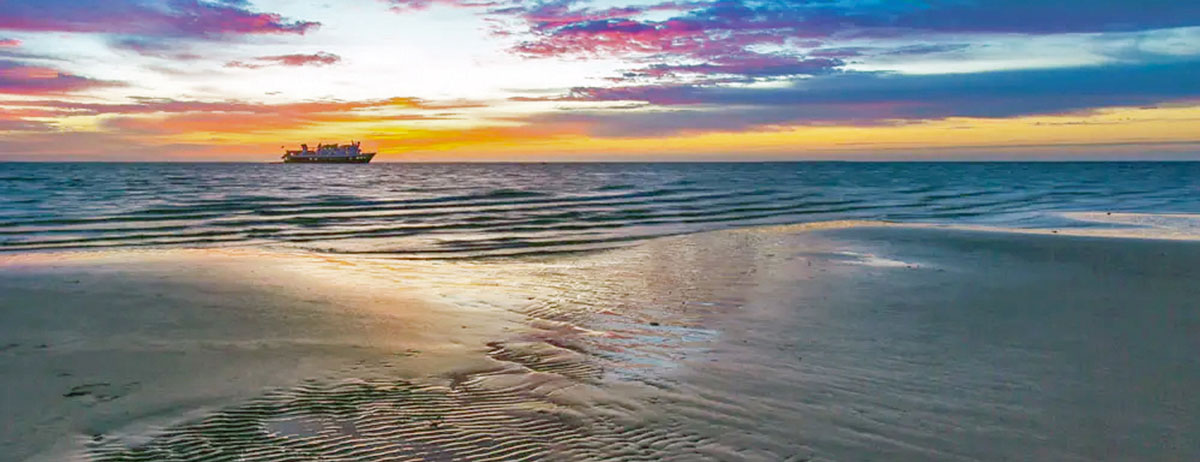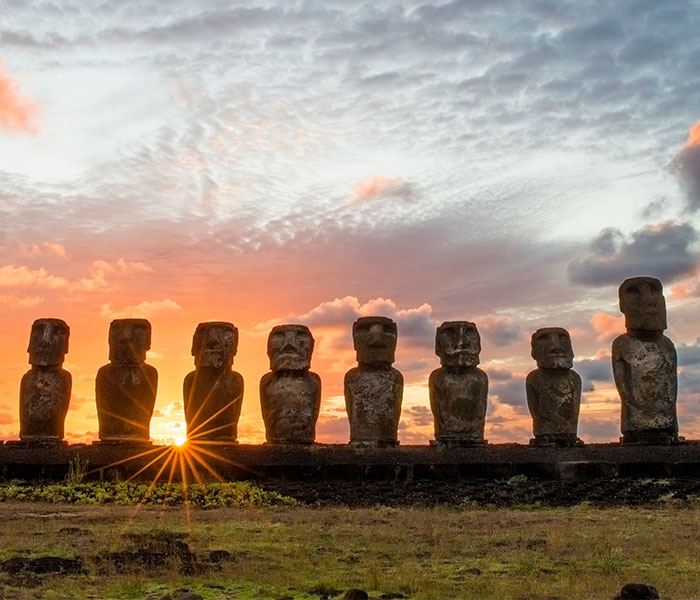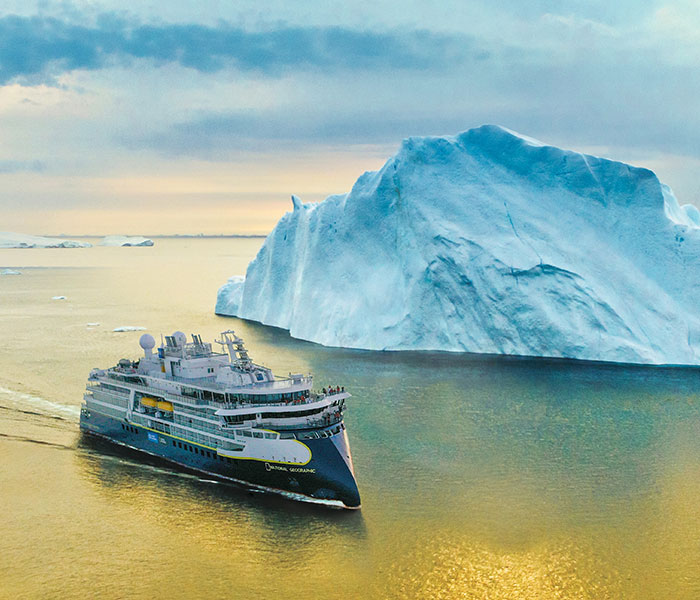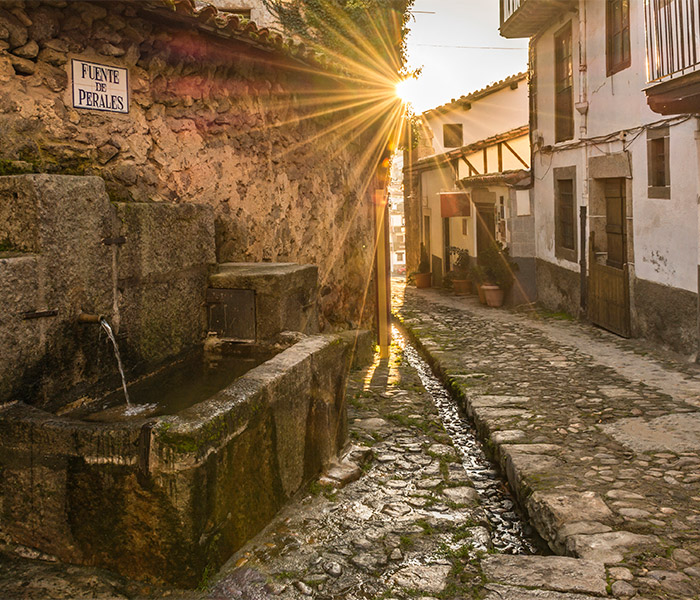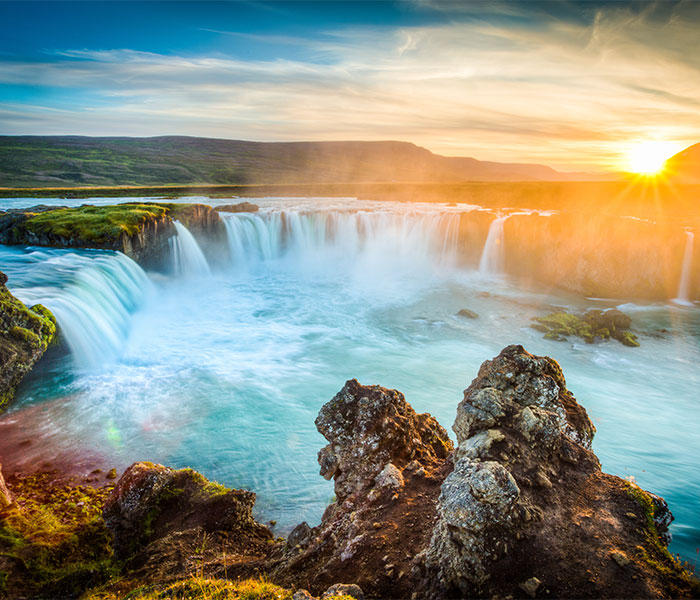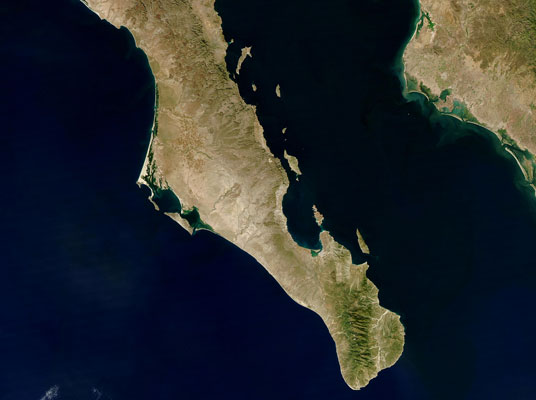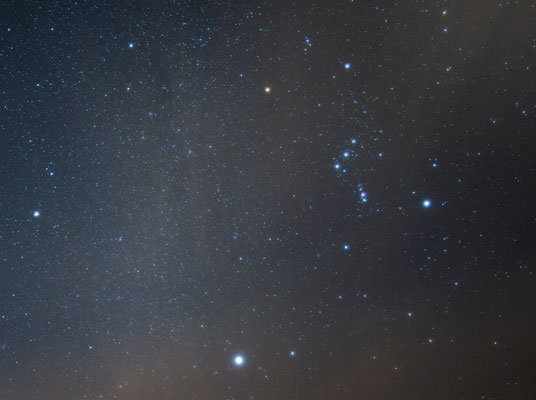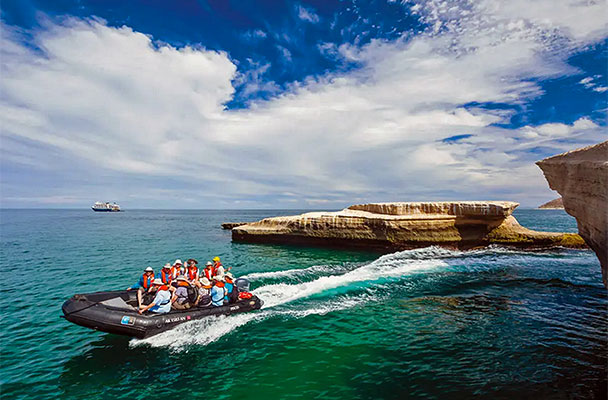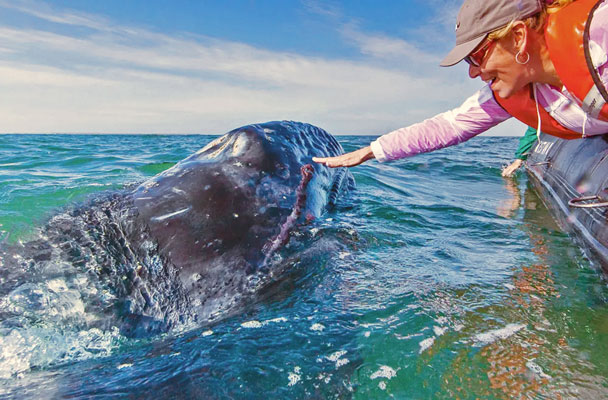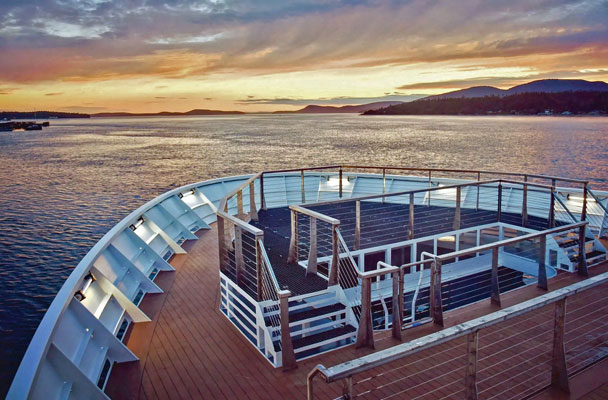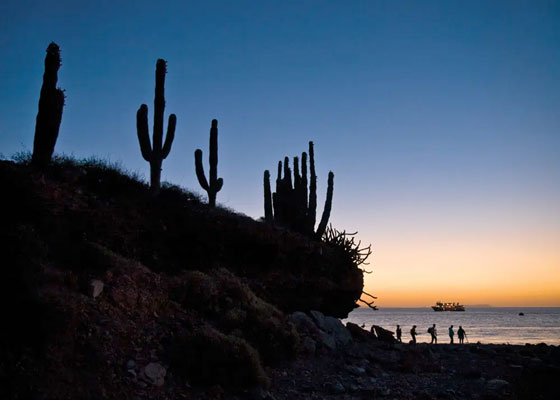Stargazing at sea has a long history tied to navigation. During ancient times, knowledge of the constellations, and the rising and setting points of numerous bright stars, played a key role helping guide sailors when they ventured out of sight of land. Today’s sailors use GPS, satellites, compasses, and other modern devices to keep them on course as they sail Earth’s oceans. Even so, it’s fun to stand near the bow of a ship, contemplate a dark, star-filled night sky, and imagine what it was like to navigate the ocean thousands of years ago.
At TravelQuest, we specialize in astronomy-themed excursions. So it’s natural that we’d create a stargazing cruise, but one with the additional attraction of whale watching. While we may not offer stargazing cruises every year, when we do, one of our favorite places to sail is the Sea of Cortez.


